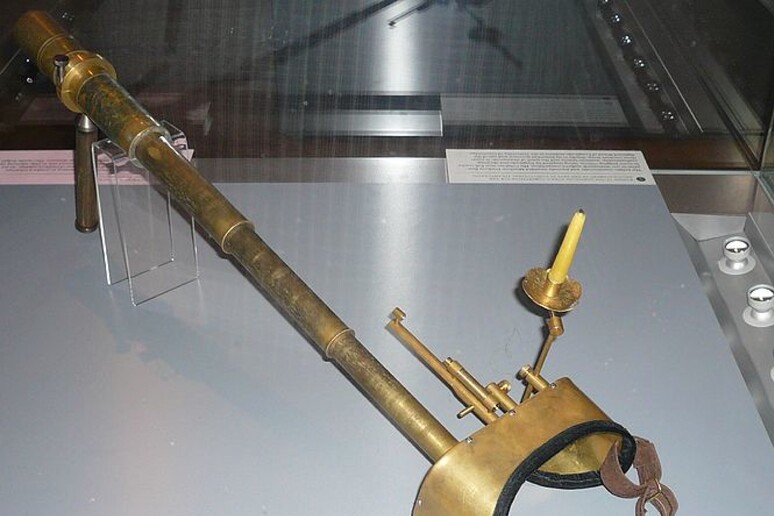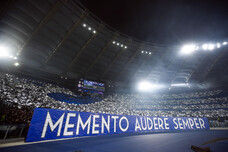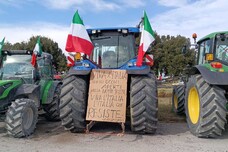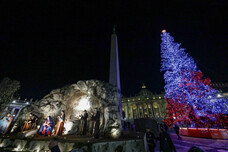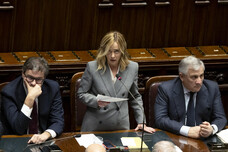On 13 June, the Italian Representation to International Organisations in Paris inaugurates the "Galileo and Satellite Navigation" exhibition, which will be on display until 28 June in the "La Passerelle" gallery of the prestigious "Pierre et Marie Curie" Science Campus of the Sorbonne University in Paris. The exhibition, organised by the Italian Representation, Sorbonne Universite' and the Galileo Museum in Florence, brings together reproductions of instruments and documents both from the Tuscan scientist's time and from today. Highlights include a faithful copy of one of Galileo's two telescopes that have survived to the present day and the giovilabio, an 'analogue computer' invented by Galileo to calculate celestial motions.
From 1492 onwards, the problem of how to obtain precise geolocation became even more pressing. A century later, in 1610, Galileo Galilei discovered Jupiter's satellites in Padua, and realised that a sailor capable of observing the eclipses of those satellites could know his own position. But his imagination as a genius was three hundred and fifty years ahead of technology. Galileo's method was impractical at sea, but it was successful on land and became fundamental in cartography. Indeed, in 1682, Giovanni Cassini, then director of the Observatoire de Paris, used Galileo's technique to draw a map of France that was vastly improved over previous ones. Today, the technique imagined by the Tuscan genius has reached into space, thanks to the European satellite system for geolocation called, not surprisingly, 'Galileo', which is the most precise in the world, thanks to the Italian technology of the atomic clock made by Leonardo.
The opening of the exhibition will be accompanied by a multidisciplinary conference linking Galileo's discoveries to the current concept of satellite geolocation and examples taken from nature, which for Galileo was a master of science. The Italian Permanent Representative accredited to the European Space Agency, Ambassador Luca Sabbatucci, in presenting the initiative emphasised that 'the exhibition is intended as a tribute to Italian ingenuity in the field of space, celebrating Galileo Galilei. It has a twofold look: at the past, which has led us to the extraordinary results achieved by contemporary technology, and at the future, which is laying the foundations on those same intuitions and leading us to exciting inventions and discoveries. In all these passages,' Ambassador Sabbatucci concluded, 'there is one constant that we are proud to highlight: the contribution of Italian research and our knowledge in such a strategic sector as space.
ALL RIGHTS RESERVED © Copyright ANSA
